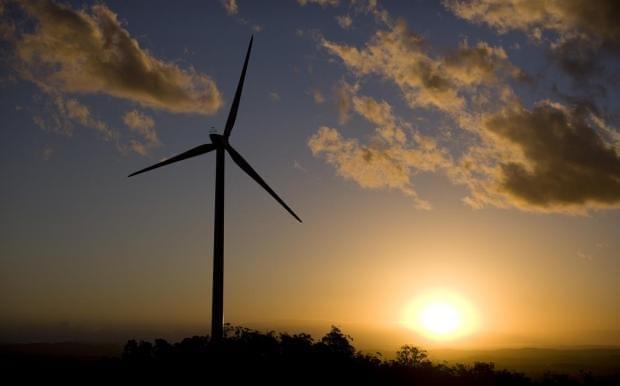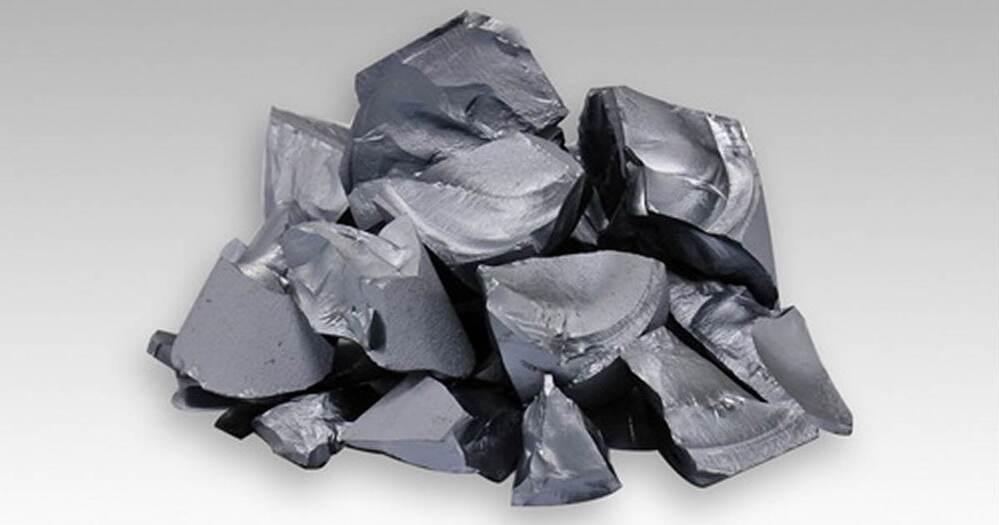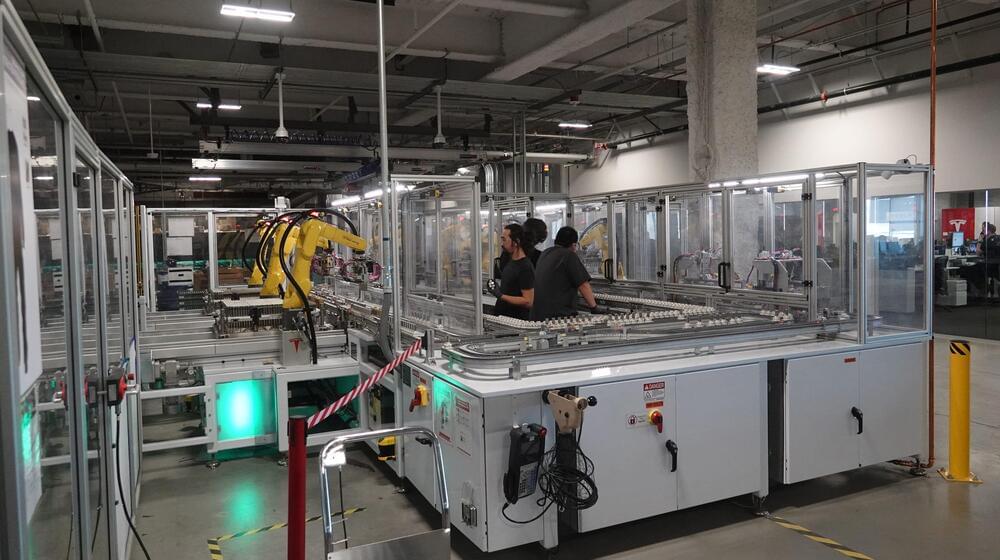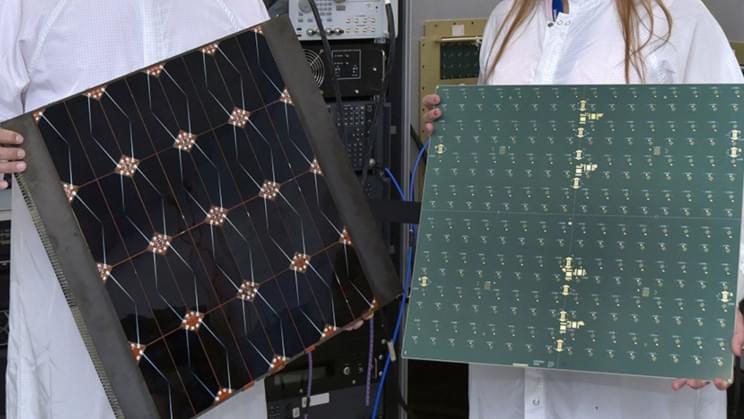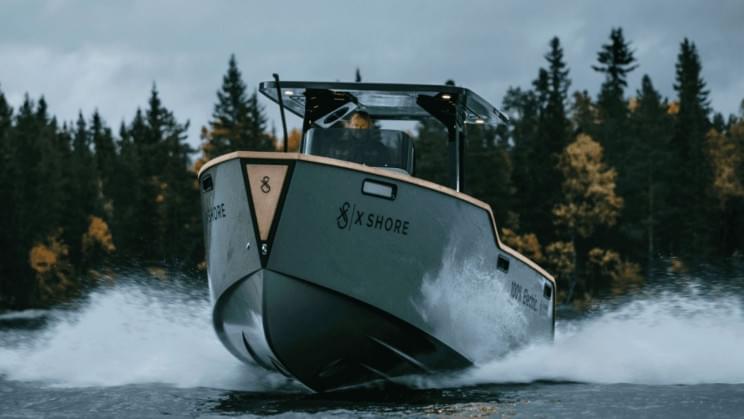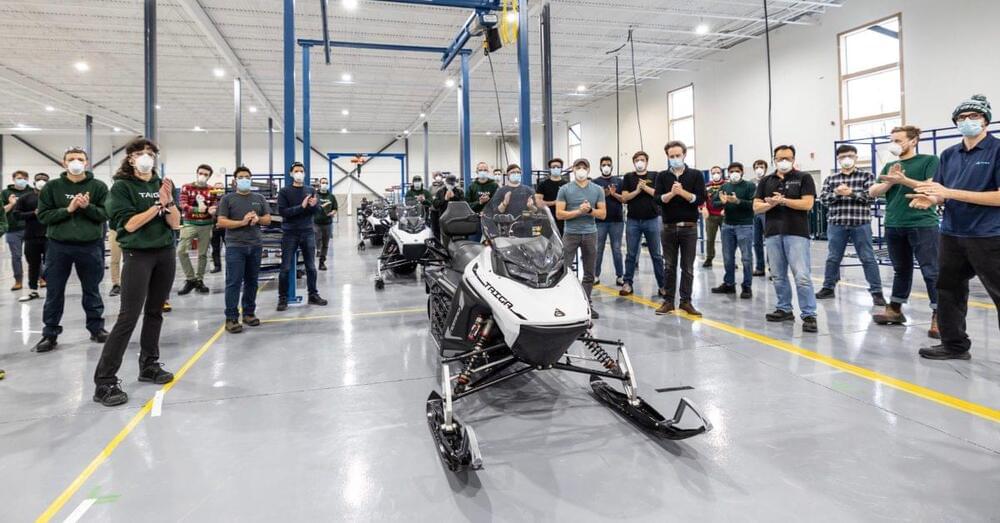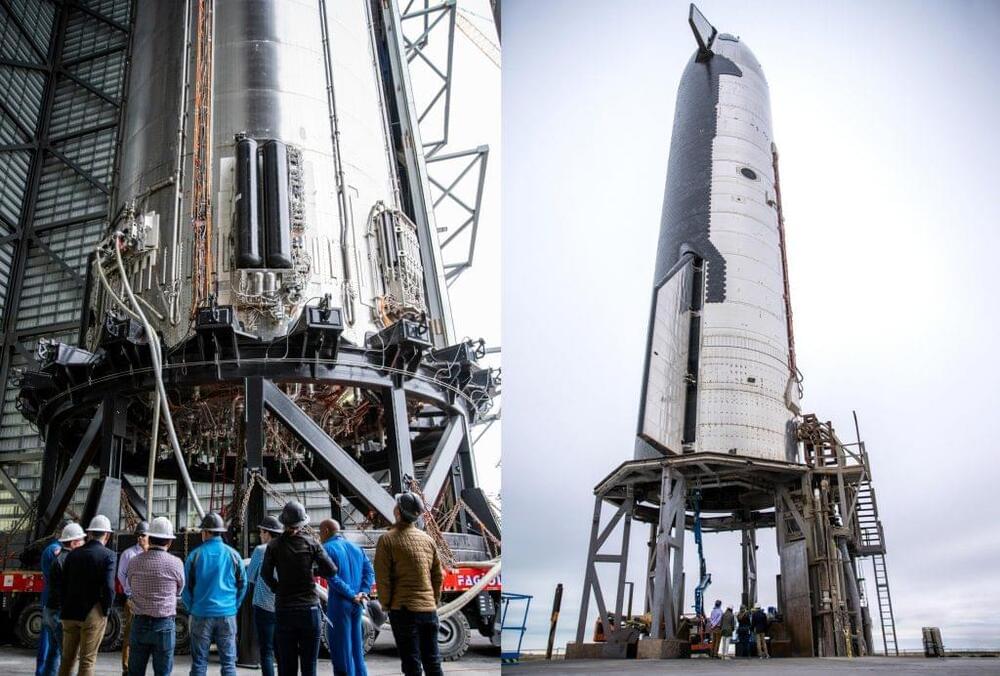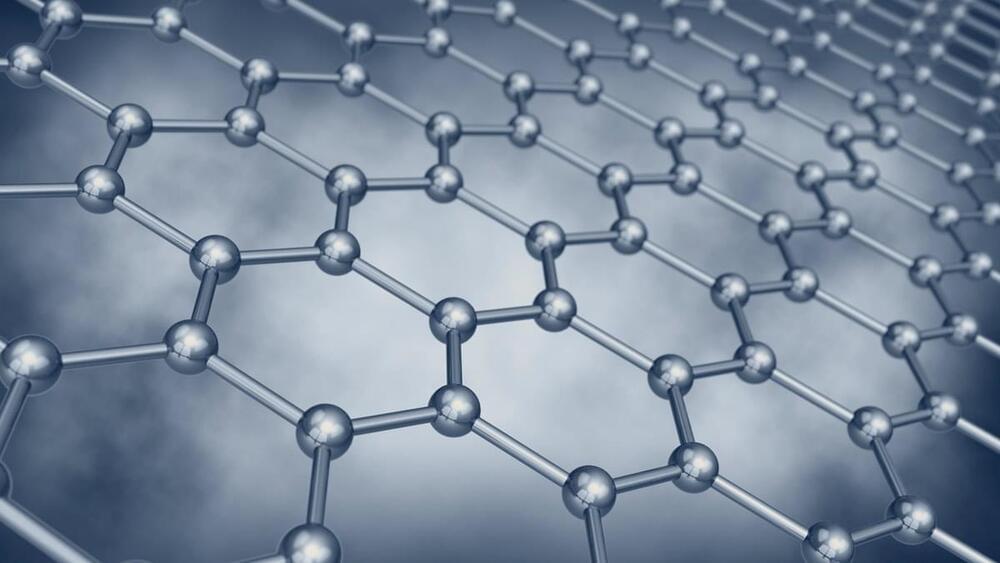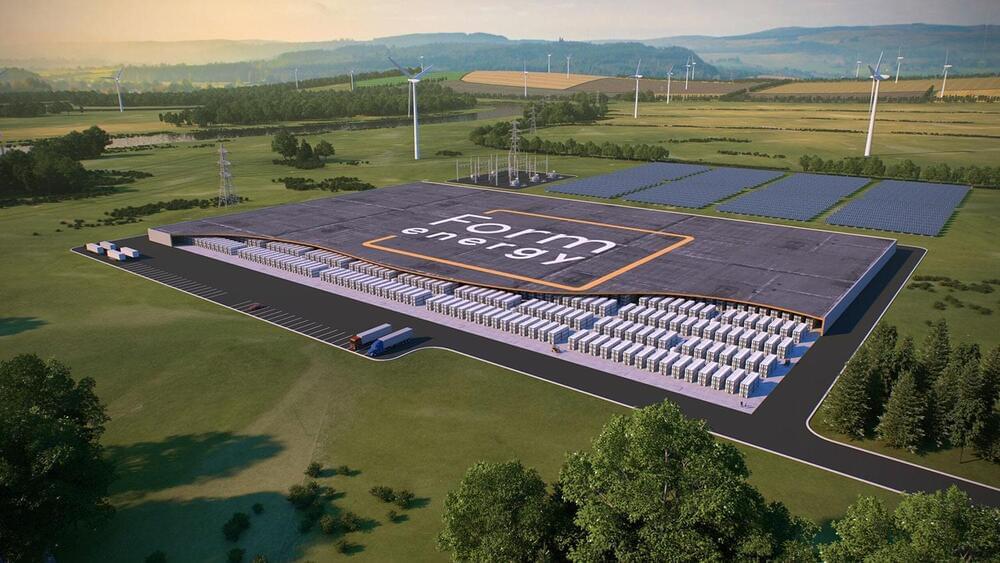Korea Zinc buys wind and solar developer Epuron, delivering a wind and solar portfolio of up to 9GW for its green metals and hydrogen ambitions.
Korean Zinc, the world’s biggest zinc, lead and silver producer, has bought Australian-based renewable energy developer Epuron as part of its move towards 100 per cent renewables, green metals and green hydrogen.
The purchase is a significant move, and underlines the determination of some of the world’s biggest metals companies to switch to green products, in moves that will surely turbo-charge the development of wind and solar projects in Australia and across the globe.
